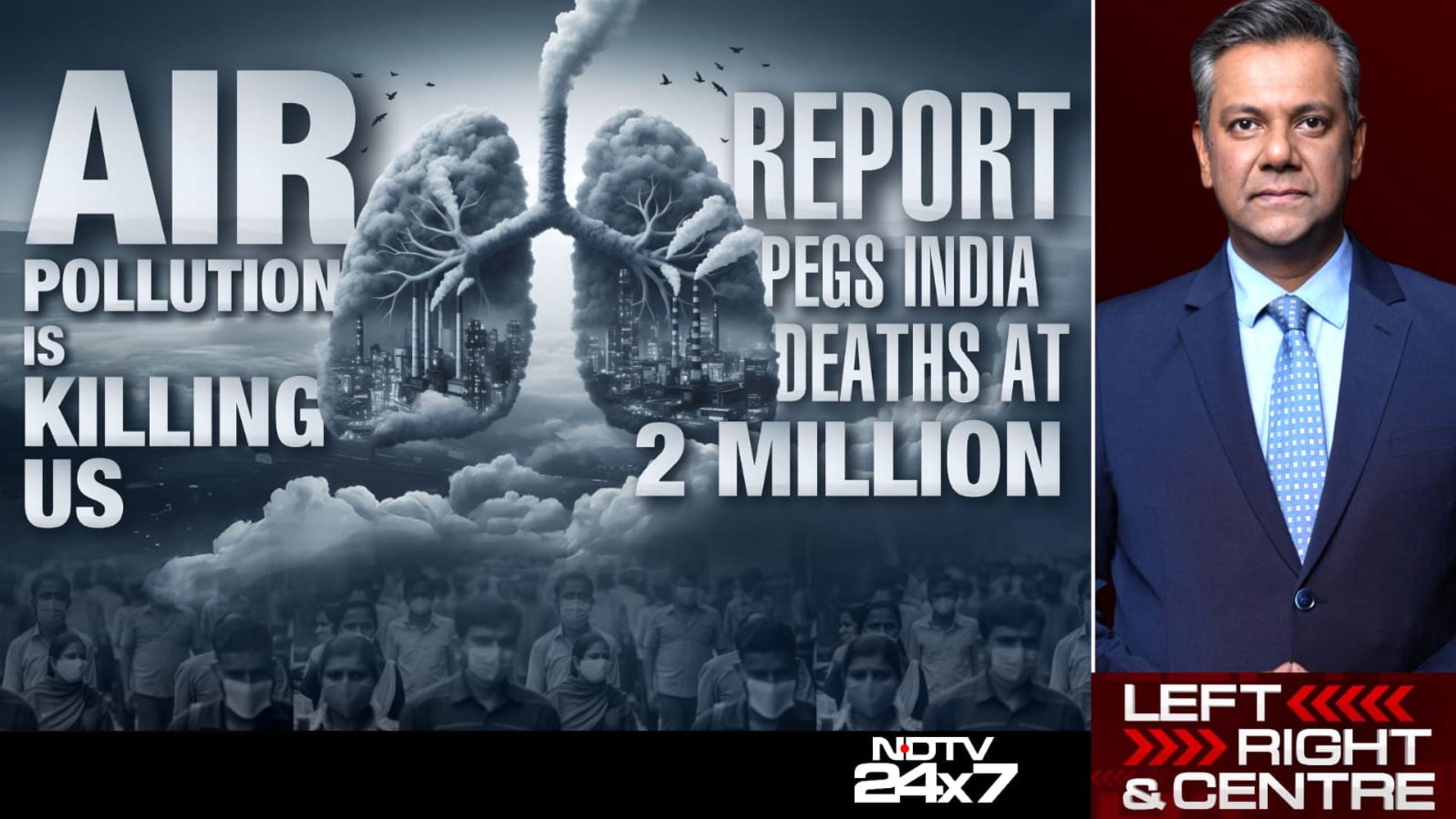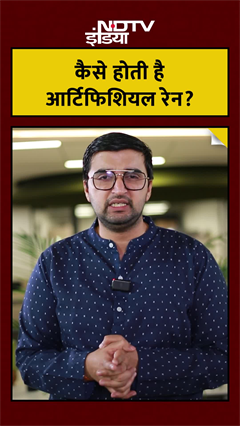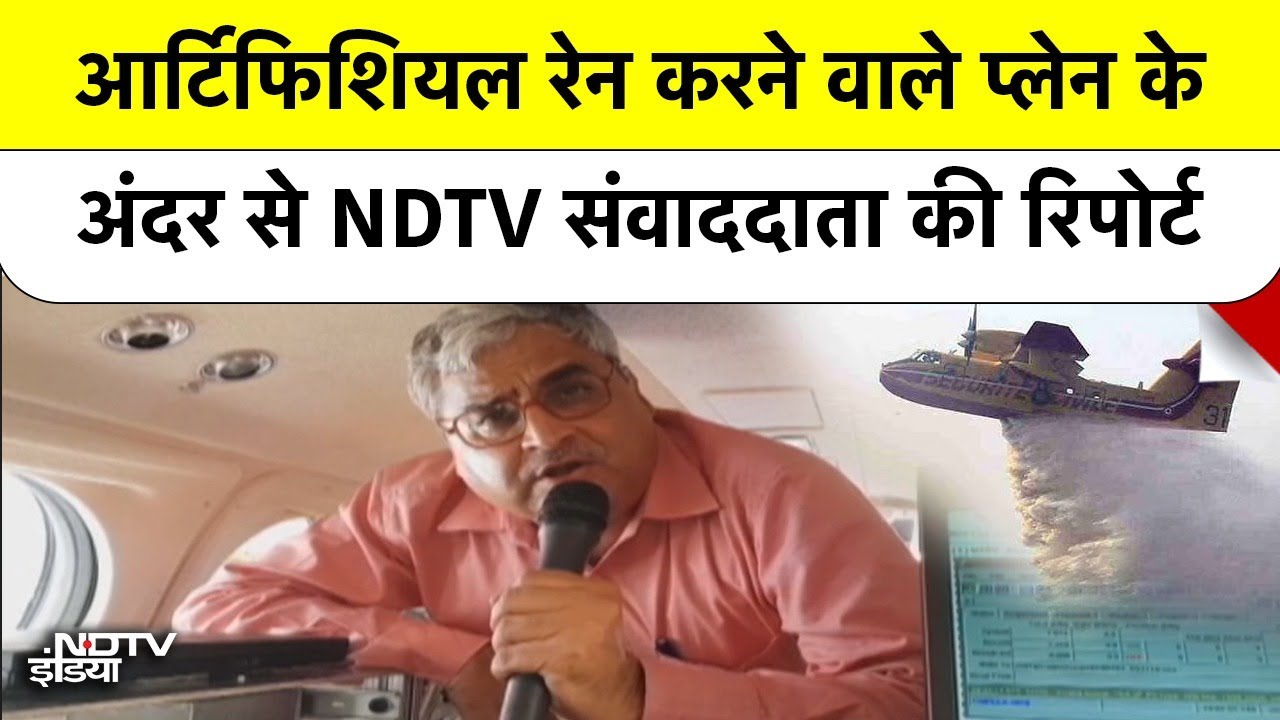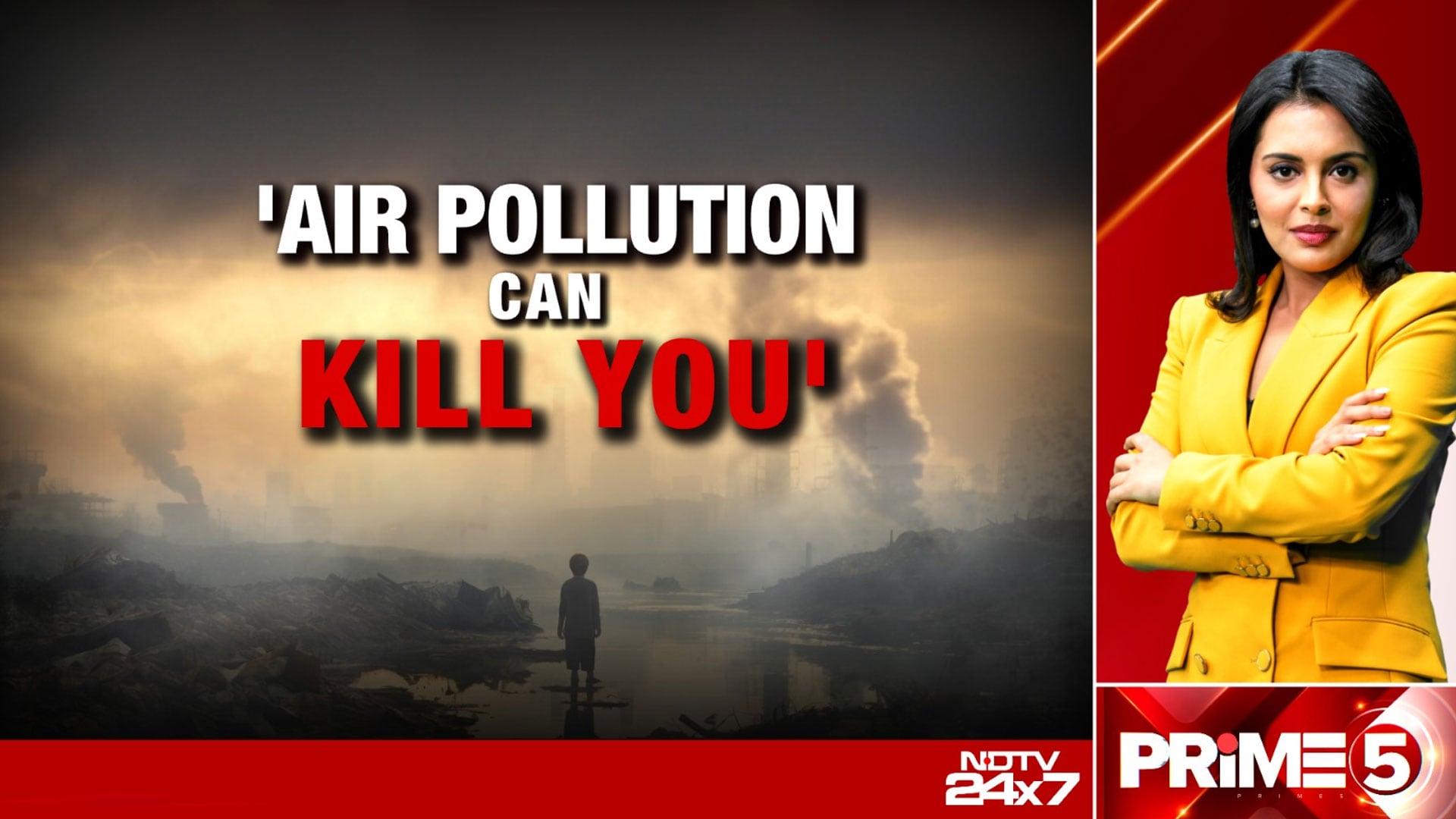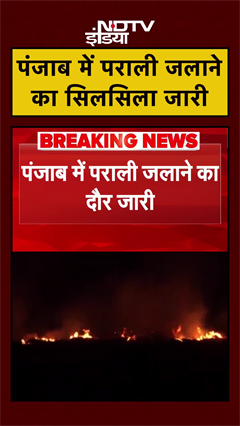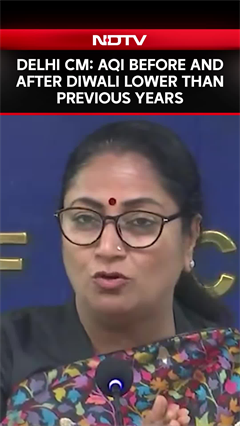- Home/
- Rs 1,200 Crore Needed For India's Electric Car Revolution: Top Scientist
Rs 1,200 Crore Needed For India's Electric Car Revolution: Top Scientist

One big expectation in the upcoming Union Budget is enhanced incentives for electric vehicles. India is the global capital for air pollution, and e-mobility is a very promising way to reduce that, at least in big cities. India's chief scientist has released a new roadmap for research on e-mobility, asserting that if the government invests Rs 1,200 crore in R&D, then in less than five years, India can aspire to lead in electric cars.
Professor Ajay Kumar Sood, Principal Scientific Adviser to the Government of India, told NDTV that very soon internal combustion engines running on petrol and diesel will become extinct like dinosaurs, with electric vehicles becoming the preferred mode of transportation. Professor Sood said, "In the first half of 2024, nearly 9 lakh electric vehicles were sold in India, but the penetration has to go up to 30 per cent by 2030."
The new report titled "e-Mobility R&D Roadmap for India" was launched by Professor Sood. The R&D roadmap has been prepared after a detailed understanding of the global automotive sector and identifying future cutting-edge technological requirements. It categorises research projects into four important areas: energy storage cells, electric vehicle aggregates, materials and recycling, and charging and refuelling, providing clear pathways to attain global leadership by being Atmanirbhar in the next five years.
For electric vehicles to become affordable and popular, a big breakthrough is really required in battery technology. Professor Sood said, "Research on sodium-ion batteries and aluminum-ion batteries looks promising." Making cheaper, lighter, safer, and longer-lasting batteries is the real key to the successful adoption of electric vehicles.
Professor Sood highlighted that India aims to achieve a 45 per cent reduction in emission intensity by 2030 and energy independence by 2047 to reach net-zero commitment by 2070. A significant part of this vision will require the wider adoption of electric vehicles, the manufacturing of indigenous energy storage systems, and the generation of renewable energy to feed charging infrastructures. He said that presently, the e-mobility value chain heavily depends on imports.
The e-mobility R&D roadmap charts a course towards future independence and self-sufficiency, outlining critical research initiatives that will position India as a leader in the global value and supply chains within the next five to seven years. This roadmap aims to fill critical gaps in the current research and development framework. While many identified projects are yet to achieve global success, some areas already demonstrate significant international accomplishments and India is yet to commence preparations. These projects are included to establish a strong foundation for the country to pursue future innovations in those areas when opportunities arise.
Professor Sood said that the automobile sector in India is one of the largest contributors to the country's GDP, and considering its fast growth trajectory, it will continue to do so in the future. He emphasized that this progress should be aligned with the Net-Zero vision of the country and that there is an impending need to foster a culture of R&D and innovation-driven growth in the automotive sector.
Professor Karthick Athmanathan, lead author of the report and Professor of Practice at IIT Madras, said that India "needed to get out of the current import-dependent situation."
Easier said than done, but Professor Sood says, "Being self-sufficient is most important, and India can become a leader in the global electric vehicle supply chain."
Latest Stories
- Press Trust of India | Friday October 24, 2025 , New Delhi
With the city's air quality remaining in the "poor" category, Delhiites are rushing to stock up on air purifiers and masks, leading to a 60-70 per cent jump in sales, traders said.
- Reported by Vishnu Som | Friday October 24, 2025 , New Delhi
The latest State of Global Air report paints a grim picture of the world's worsening air quality, warning that pollution has become the planet's second leading cause of premature death, behind only high blood pressure.
- Press Trust of India | Thursday October 23, 2025
Pollution level in Mumbai has spiked sharply, making October the most polluted month of the year so far, according to an analysis done by an independent research organisation.
- Press Trust of India | Thursday October 23, 2025
Delhi's air quality showed a slight improvement on Thursday but remained in the "very poor" category for the fourth consecutive day, aided by stronger surface winds that helped disperse pollutants.
- Written by Manya Singh | Thursday October 23, 2025
For healthy adults, a sore or scratchy throat after a heavy air-pollution day is usually temporary and improves in days with reduced exposure and simple self-care. Here are some easy hacks.
................................ Advertisement ................................
Latest Videos
Opinion
Opinion | Why Indians Have Just Given Up On Air Pollution CrisisTanushree Ganguly
Friday December 20, 2024While some may argue that people in Delhi are now more aware of air pollution than they were a decade back, my rebuttal would be that awareness does not mean that people are concerned.
Opinion | You Must Outrage Over Filthy Air More Than Once A YearJyoti Pande Lavakare
Tuesday December 10, 2024Delhi welcomed us with monsoon rains and mangos. We were home. Fast forward a couple of years, in the winter of 2012, I found myself in denial about something other parents, mostly expats, were calling toxic air.
Opinion | Delhi's Air Pollution Situation Is Like A Bad MarriageNishtha Gautam
Friday November 22, 2024On a good day, such as today, the AQI reading in Delhi is 407. We are jubilant at the sickly sunshine trickling through the slightly dissipated smog. At least its not 1600.
दिवाली... पराली... सियासी जुगाली!Ashwini kumar
Monday November 18, 2024दिल्ली-एनसीआर में प्रदूषण का समाधान तो आज तक मिला नहीं. हर साल चिंतित होकर हम-आप सांसों की तकलीफ के साथ-साथ दिल और ब्लड प्रेशर के मरीज भी क्यों बनें?
घर में कैद बुजुर्ग और हांफते लोग, दिल्ली की सांसों में घुला ये कैसा रोग?Nidhi Kulpati
Friday November 08, 2024हमारी हवा जहरीली हो रही है. गुरुवार की शाम को जब मैं इस मुद्दे पर लिखने बैठी तो AQI लगातार 400 पार जाकर दम घोंट रहा था. बहुत लोगों को यह मामला बोरिंग लगे, लेकिन जब आप अपने साथ काम करने वालों को खांसते-हांफते देखते-सुनते हैं, तो चिंता होने लगती है. सुबह उठते ही दरवाजे खिड़कियां खोलने के लिए डॉक्टर मना कर रहे हैं. बड़े बुजुर्गों के लिए तो मॉर्निंग वॉक बाहर की दुनिया से सीधे संपर्क का ज़रिया है, लेकिन डॉक्टर इसकी भी मनाही कर रहे हैं.








